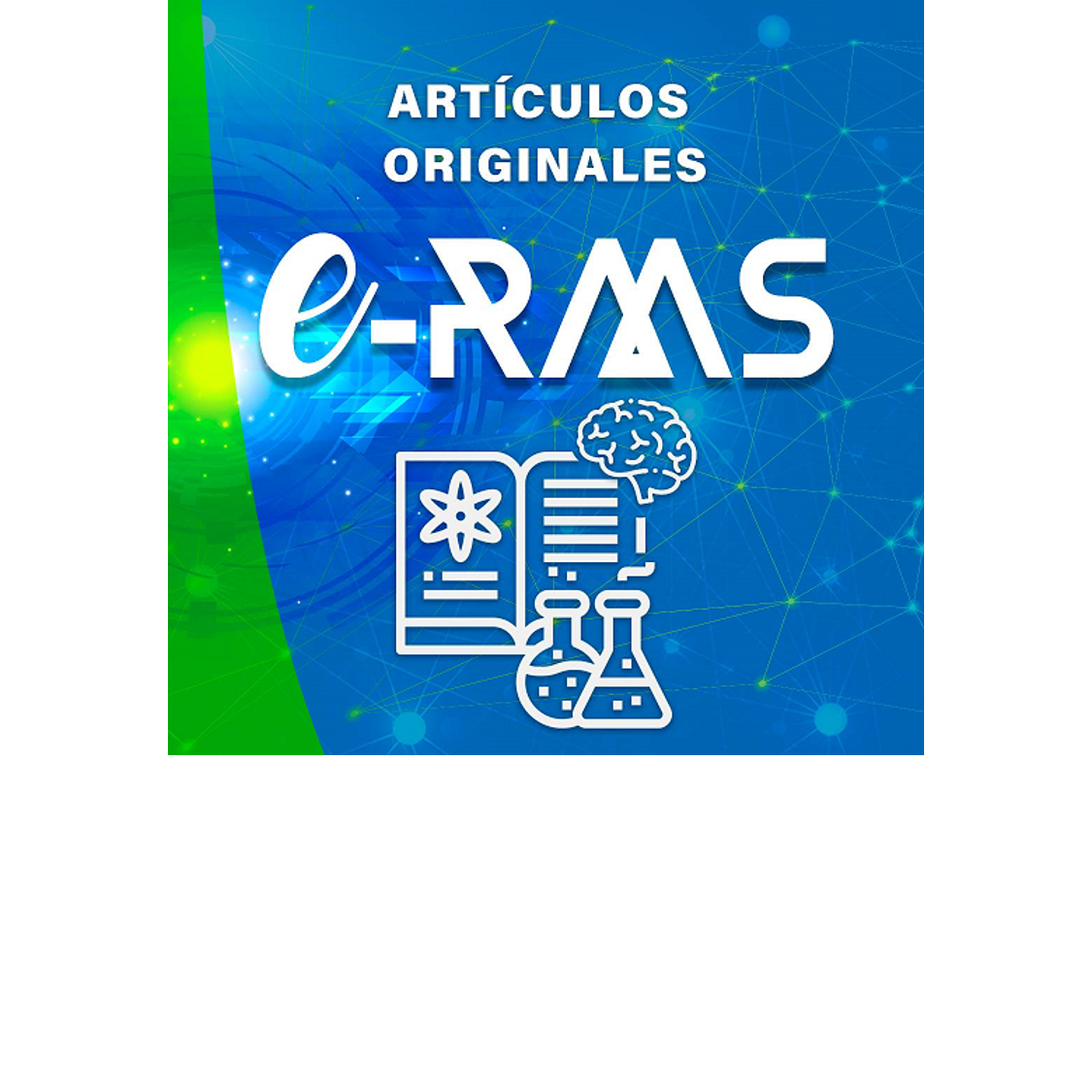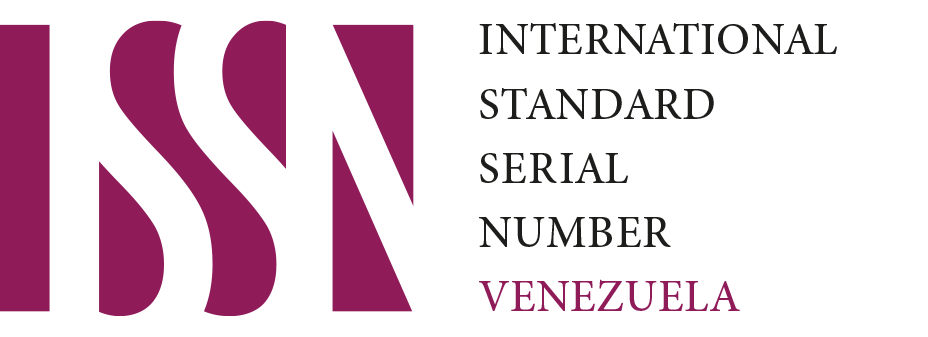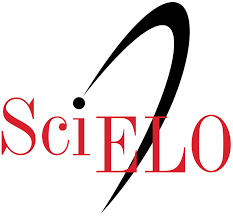La responsabilidad limitada en la disposición de los hidrocarburos o desechos peligrosos en espacios urbanos
DOI:
https://doi.org/10.61286/e-rms.v3i.214Palabras clave:
Responsabilidad limitada, hidrocarburos, desechos peligrosos, espacios urbanosResumen
La responsabilidad limitada en la disposición de hidrocarburos y desechos peligrosos en espacios urbanos es un tema crítico en la gestión ambiental moderna, dado el impacto potencial de estos residuos en la salud pública y el medio ambiente. La normativa vigente, como la Ley General para la Prevención y Gestión Integral de Residuos, establece un marco legal que asigna responsabilidades claras a los generadores y gestores de residuos peligrosos, promoviendo la gestión integral, desde la generación hasta la disposición final segura. Sin embargo, la aplicación práctica de la responsabilidad limitada implica retos en la supervisión, control y cumplimiento, especialmente en contextos urbanos donde la densidad poblacional y la complejidad logística aumentan los riesgos. Las regulaciones recientes enfatizan la economía circular, la transparencia y la trazabilidad en la gestión de residuos peligrosos, buscando minimizar impactos ambientales y fomentar prácticas sostenibles.
Descargas
Citas
Baqar, M., Saleem, R., Zhao, M., Zhao, L., Cheng, Z., Chen, H., Yao, Y., & Sun, H. (2024). Combustion of high caloric industrial waste in conventional brick kilns: An emerging source of PFAS emissions in agricultural soils. Science of The Total Environment, 906, 167612. https://doi.org/10.1016/j.scitotenv.2023.167612
Bhardwaj, A., Bansal, M., Garima, Wilson, K., Gupta, S., & Dhanawat, M. (2025). Lignocellulosic biosorbents: Unleashing potential for sustainable environmental cleanup. International Journal of Biological Macromolecules, 294, 139497. https://doi.org/10.1016/j.ijbiomac.2025.114878
Caliani, I., De Marco, G., Cappello, T., Giannetto, A., Mancini, G., Ancora, S., Maisano, M., Parrino, V., Cappello, S., Bianchi, N., Oliva, S., Luciano, A., Mauceri, A., Leonzio, C., & Fasulo, S. (2022). Evaluation of the effectiveness of a new technology for petroleum-contaminated wastewater treatment by BioFilm membrane bioreactor through the application of biomarkers on the mussel Mytilus galloprovincialis. Aquatic Toxicology, 243, 106059. https://doi.org/10.1016/j.aquatox.2021.106059
Congreso de la República del Perú. (1993). Ley Orgánica de Hidrocarburos, Ley N.º 26221. Diario Oficial El Peruano. https://www.perupetro.com.pe/wps/wcm/connect/corporativo/3711f7a3-b77b-4ff9-9709-199cbc4f5715/Hidrocarburos+y+Medio+Ambiente.pdf?MOD=AJPERES
Congreso de la República del Perú. (2000). Ley de Residuos Sólidos, Ley N.º 27314. Diario Oficial El Peruano. https://www.gob.pe/institucion/minam/normas-legales/29147-ley-n-27314
Congreso de la República del Perú. (2005). Ley General del Ambiente, Ley N.º 28611. Diario Oficial El Peruano. https://www.leyes.congreso.gob.pe/Documentos/Leyes/28611.pdf
Congreso de la República del Perú. (2007). Ley de Pasivos Ambientales del Subsector Hidrocarburos, Ley N.º 29134. Diario Oficial El Peruano. https://www.oefa.gob.pe/wp-content/uploads/2021/05/Ley-29134.pdf
Dalei, G., Jena, M., Jena, D., Kaur, N., Prasad, M. S. S., Sahu, A., Das, B. R., & Das, S. (2024). Alginate-PVA hydrogel integrated with green NiO nanoparticles: Potent nanocatalyst for efficient reduction of anthropogenic water pollutants. Bioprocess and Biosystems Engineering, 47(9), 1515-1531. https://doi.org/10.1007/s00449-024-03046-9
Dos Reis, S. A., Dos Santos, D. V., Zagui, G. S., Paschoalato, C. F. P. R., Neri, C. R., Martin, M. T., Novo, H. S., Mazzeo, D. E. C., Marin-Morales, M. A., Nadal, M., Sierra, J., Domingo, J. L., & Segura-Muñoz, S. I. (2025). Chemical characterization and phytotoxicity assay of Novolac phenolic foam resin from health services: Challenging environmental responsibility. Science of The Total Environment, 966, 178717. https://doi.org/10.1016/j.scitotenv.2025.178717
Fang, X., Zhang, G., Zhang, X., He, S., Xu, W., Zhang, X., & Zhong, S. (2024). Utilization of medical waste incineration fly ash resources to activate peroxydisulfate for tetracycline degradation: Synergy between adsorption and PDS activation. Environmental Research, 258, 119488. https://doi.org/10.1016/j.envres.2024.119488
Hoang, S. A., Sarkar, B., Seshadri, B., Lamb, D., Wijesekara, H., Vithanage, M., Liyanage, C., Kolivabandara, P. A., Rinklebe, J., Lam, S. S., Vinu, A., Wang, H., Kirkham, M. B., & Bolan, N. S. (2021). Mitigation of hazardous petroleum hydrocarbon contaminated soils using organic amendments: A review. Journal of Hazardous Materials, 416, 125702. https://doi.org/10.1016/j.jhazmat.2021.125702
Jain, M., Khan, S. A., Sharma, K., Jadhao, P. R., Pant, K. K., Ziora, Z. M., & Blaskovich, M. A. T. (2021). Current perspective of innovative strategies for bioremediation of wastewater organic pollutants. Bioresource Technology, 344(Part B), 126305. https://doi.org/10.1016/j.biortech.2021.126305
Jałowiecki, Ł., Strugała-Wilczek, A., Ponikiewska, K., Borgulat, J., Płaza, G., & Stańczyk, K. (2024). Constructed wetland as green remediation technology for underground coal gasification process wastewater treatment. PLoS ONE, 19(3), e0300485. https://doi.org/10.1371/journal.pone.0300485
Joo, J., Lee, S., Choi, H., Lin, K. A., & Lee, J. (2021). Recycling of single-use disposable waste by a thermochemical conversion pathway. Polymers, 13(16), 2617. https://doi.org/10.3390/polym13162617
Jung, J. M., Cho, S. H., Jung, S., Lin, K. A., Chen, W. H., Tsang, Y. F., & Kwon, E. E. (2022). Removal of plastic mulching films by CO2 assisted catalytic pyrolysis as strategic means for microplastic mitigation. Journal of Hazardous Materials, 430, 128454. https://doi.org/10.1016/j.jhazmat.2022.128454
Kumar, P., Singh, S., Gacem, A., Yadav, K. K., Bhutto, J. K., Alreshidi, M. A., Kumar, M., Kumar, A., Yadav, V. K., Soni, S., Kumar, R., Qasim, T., Tariq, M., & Alam, M. W. (2024). A review on electronic waste contamination, its toxicity, and sustainable cleanup approaches for its management. Toxicology, 508, 153904. https://doi.org/10.1016/j.tox.2024.153904
Lee, T., Jung, S., Baek, K., Tsang, Y. F., Lin, K. A., Jeon, Y. J., & Kwon, E. E. (2022). Functional use of CO2 to mitigate bisphenol A formation in catalytic pyrolysis of polycarbonate. Journal of Hazardous Materials, 423(Pt A), 126992. https://doi.org/10.1016/j.jhazmat.2021.126992
Li, Y., Chen, H., Wang, Y., Yang, Z., & Zhang, H. (2022). Efficient biodegradation of high concentration chlortetracycline from strongly acidic pharmaceutical waste with degrading fungi. Journal of Hazardous Materials, 424(Pt D), 127671. https://doi.org/10.1016/j.jhazmat.2021.127671
Mahmood, A., Hussain Syed, J., Raza, W., Tabinda, A. B., Mehmood, A., Li, J., Zhang, G., & Azam, M. (2020). Human health risk assessment based on dietary intake and spatial distribution pattern of polybrominated diphenyl ethers and Dechlorane Plus in selected cities of Pakistan. International Journal of Environmental Research and Public Health, 17(24), 9543. https://doi.org/10.3390/ijerph17249543
Miao, X., Kumar, R. R., Shen, Q., Wang, Z., Zhao, Q., Singh, J., Paul, S., Wang, W., & Shang, X. (2022). Phytoremediation of co-contaminated cadmium and polychlorinated biphenyls soils using ornamental plant Tagetes patula L. Bulletin of Environmental Contamination and Toxicology, 108(1), 129-135. https://doi.org/10.1007/s00128-021-03392-4
Ministerio del Ambiente del Perú (MINAM). (2020). Guía técnica para la gestión de residuos peligrosos. https://www.minam.gob.pe/residuos-solidos/guia-tecnica-residuos-peligrosos/
Nandi, S., Naga, G. R. R., & Sahdeo, S. K. (2024). Utilization of wollastonite, jarosite and their mixtures for sustainable development of concrete paver block mixes containing reclaimed asphalt pavement aggregates. Environmental Science and Pollution Research International, 31(13), 20048-20072. https://doi.org/10.1007/s11356-024-32338-6
Organismo de Evaluación y Fiscalización Ambiental (OEFA). (2022). Informe anual de fiscalización ambiental 2021. https://www.oefa.gob.pe/informes-anuales/
Patil, S. S., Kisiela-Czajka, A. M., & Dasari, H. P. (2025). From non-renewable waste to activated carbon: A smart step towards sustainable development and environmental protection in a circular economy. Waste Management, 203, 114878. https://doi.org/10.1016/j.wasman.2025.114878
Rahman, M. M., Maniruzzaman, M., Gafur, M. A., Al-Ahmary, K. M., Shawabkeh, A., Alsharif, A., Naznin, S., & Al-Otaibi, J. S. (2024). Fabrication of chitosan coated bentonite clay multifunctional nanosorbents from residual biomass for effective hazardous pollutants removal from water bodies: Fixed-bed biosorption study, mechanism, and mathematical modeling. International Journal of Biological Macromolecules, 282(Pt 6), 137439. https://doi.org/10.1016/j.ijbiomac.2024.137439
Ramírez Restrepo, A., López Niño, B. N., Camelo Martínez, E., & Ramírez García, C. (2024). Chromoproducts approach to achieve environmentally sound management of plastic wastes from electronic devices: Colombian project case. Waste Management, 179, 192-204. https://doi.org/10.1016/j.wasman.2024.02.049
Sarker, R. K., Chakraborty, P., Paul, P., Chatterjee, A., & Tribedi, P. (2020). Degradation of low-density polyethylene (LDPE) by Enterobacter cloacae AKS7: A potential step towards sustainable environmental remediation. Archives of Microbiology, 202(8), 2117-2125. https://doi.org/10.1007/s00203-020-01926-8
Singh, P., Kadam, V., & Patil, Y. (2022). Isolation and development of a microbial consortium for treatment of automobile service station wastewater. Journal of Applied Microbiology, 132(2), 1048-1061. https://doi.org/10.1111/jam.15257
Sonsuphab, K., Toomsan, W., Soontharo, S., Supanchaiyamat, N., Hunt, A. J., Ngernyen, Y., Nasompag, S., Kiattisaksiri, P., Ratpukdi, P., & Siripattanakul-Ratpukdi, S. (2024). Integrated remediation and detoxification of triclocarban contaminated water using waste-derived biochar immobilized cells by long-term column experiments. Environmental Pollution, 357, 124456. https://doi.org/10.1016/j.envpol.2024.124456
Wijaya, R., Cheng, K. C., Santoso, S. P., Lin, S. P., Putro, J. N., Lie, J., Hsieh, C. W., Hsu, H. Y., Go, A. W., & Angkawijaya, A. E. (2025). Surface modification of an alginate sponge using tannic acid and dodecanethiol for diesel oil spill separation from water. International Journal of Biological Macromolecules, 317(Pt 2), 144453. https://doi.org/10.1016/j.ijbiomac.2025.144453

Descargas
Publicado
Cómo citar
Número
Sección
Licencia
Derechos de autor 2025 Javier Amador Navarro Veliz, David Ramos Piñas, Jefrin Marlon Silva Murillo, Nelfa Estrella Ayuque Almidon , Franco Jesús Torres Ruiz

Esta obra está bajo una licencia internacional Creative Commons Atribución-NoComercial-SinDerivadas 4.0.
Las publicaciones en acceso abierto de e-RMS están protegidas por derechos reservados y se rigen por la Licencia Pública Creative Commons Attribution-NonCommercial-NoDerivatives 4.0 International (CC BY-NC-ND 4.0). Se permite el uso no comercial de este material, con atribuciones al autor. No se permiten derivados de esta versión.












